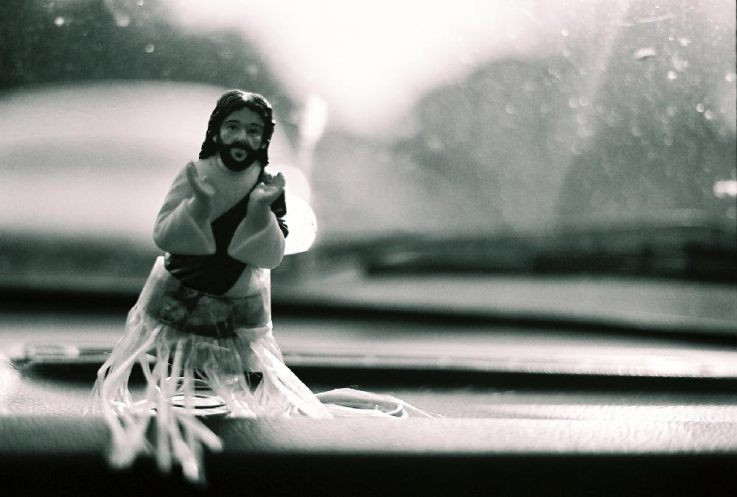The other day, a story surfaced from an old sermon about a father’s humorous reaction to his son wanting to take Hula Dancing lessons. The father, initially surprised by the idea of his son engaging in an activity he perceived as traditionally feminine, quickly learned there’s much more to hula than meets the eye – or rather, than stereotypes might suggest. This anecdote opens a door to explore the fascinating world of hula dancing, a practice with deep cultural roots and a history far richer than many realize.
 cjghdf_edited
cjghdf_edited
The Ancient Origins of Hula: A Sacred Tradition
Hula dancing is not merely a form of entertainment; it’s a profound expression of Hawaiian culture and history. Its origins stretch back centuries, long before Western contact, evolving as a sacred ritual rather than a casual pastime. Contrary to the initial assumption in the anecdote, hula was indeed practiced by both men and women in ancient Hawaii, each with their own styles and roles.
Initially, hula served as a religious ritual, a way to honor gods and goddesses, nature, and chiefs. Every movement, gesture, and chant held symbolic meaning, telling stories, preserving genealogies, and conveying important cultural knowledge. The dance was governed by strict protocols, dictating how, when, and where hula could be performed. These performances were integral to religious ceremonies and community celebrations.
The Impact of Western Influence and Cultural Preservation
The arrival of Christian missionaries in Hawaii in the 19th century brought significant challenges to hula. Viewing it as pagan and sensual, they actively suppressed the dance, nearly driving it to extinction. Hula was condemned and discouraged, seen as conflicting with Christian values.
However, King David Kalākaua, in the late 19th century, played a pivotal role in the resurgence of hula. Recognizing its importance to Hawaiian identity, he revived and publicly celebrated hula, ensuring its survival as a vital art form. This period marked a turning point, with hula moving from underground practice back into public view, though often adapted to be more palatable to Western sensibilities.
Hula Dancing Today: Diversity and Modern Practice
Today, hula dancing exists in various forms, reflecting its historical journey and adaptation over time. Two primary categories are ‘Kahiko’ (ancient hula) and ‘‘Auana’ (modern hula).
-
Hula Kahiko: This style retains the traditional and religious aspects of ancient hula. It is characterized by powerful and often percussive movements, accompanied by chants (oli or mele) and traditional instruments like the pahu drum, ipu heke (gourd drum), and kālaʻau (rhythm sticks). Hula Kahiko is often seen as more formal and deeply rooted in spiritual and historical narratives.
-
Hula ‘Auana: This is the more contemporary form of hula, influenced by Western music and instruments like the ukulele and guitar. Hula ‘Auana often incorporates melodic songs (mele) and graceful, flowing movements. While less overtly religious than Hula Kahiko, it still carries cultural significance and expresses Hawaiian stories and emotions.
Hula for Everyone: Breaking Gender Stereotypes
The initial reaction in the opening story highlights a common misconception – that hula is solely for women. Historically and in contemporary practice, men play an important role in hula. While there are certainly hula styles and groups predominantly for women, there are also strong traditions of male hula dancers. Men’s hula can be powerful and athletic, emphasizing different movements and expressions compared to women’s hula.
Encouraging boys to participate in hula lessons is not only culturally enriching but also helps break down outdated gender stereotypes. Hula offers a fantastic form of exercise, storytelling, and cultural connection for everyone, regardless of gender.
Conclusion: Embracing the Cultural Significance of Hula
Hula dancing is far more than just swaying hips and grass skirts. It is a vibrant and complex art form with deep historical and cultural significance. From its ancient roots as a sacred ritual to its modern expressions, hula continues to be a powerful way to preserve and celebrate Hawaiian heritage. Understanding the true essence of hula allows us to appreciate its depth and beauty, moving beyond superficial perceptions and embracing its rich cultural value. Whether for boys or girls, learning hula is an opportunity to connect with a rich tradition and experience the beauty of Hawaiian culture firsthand.

